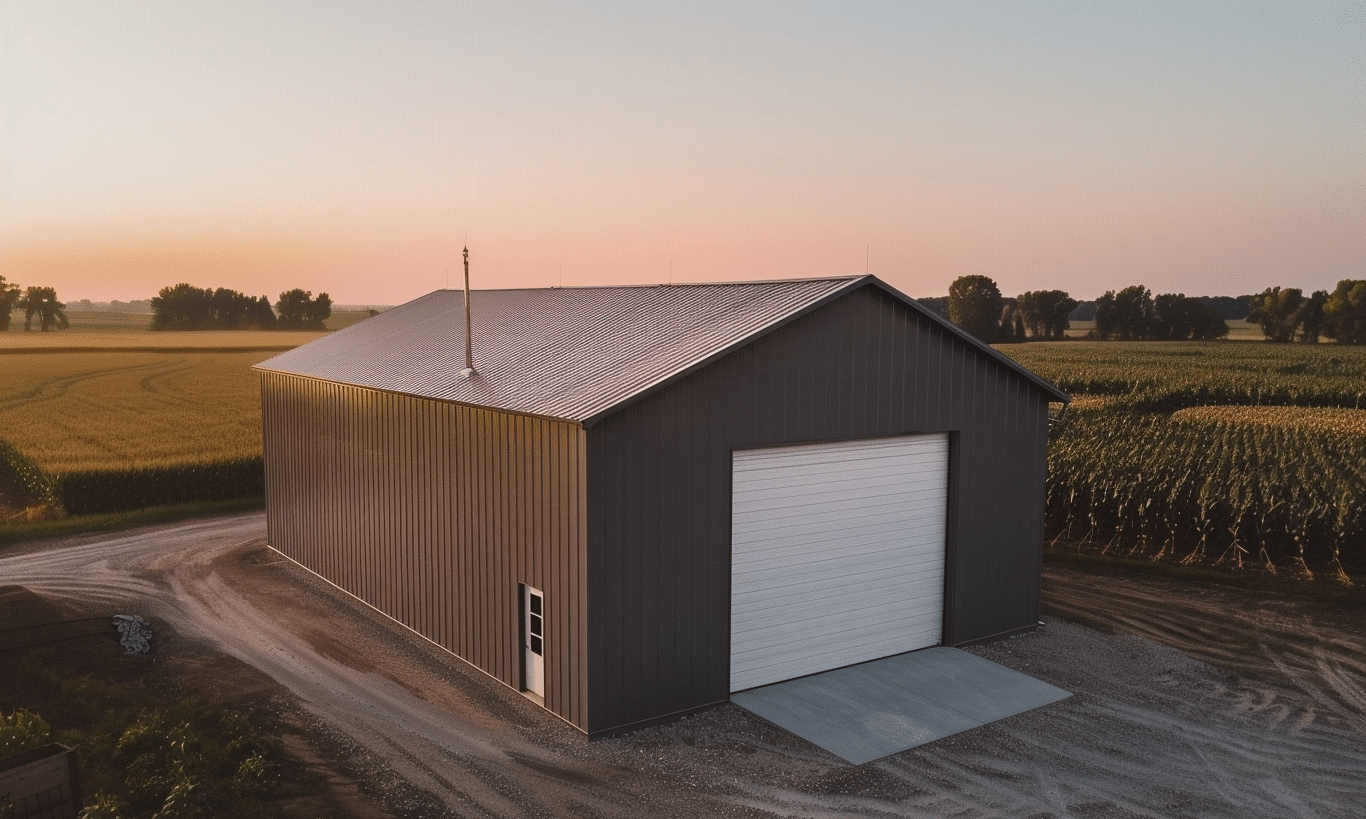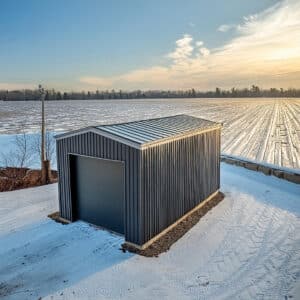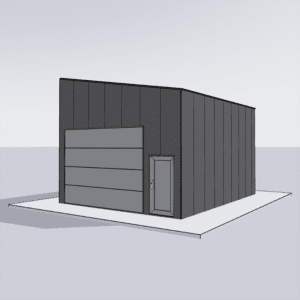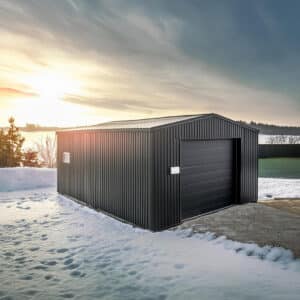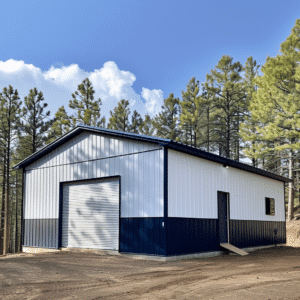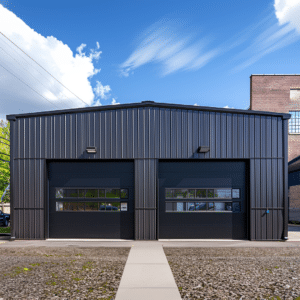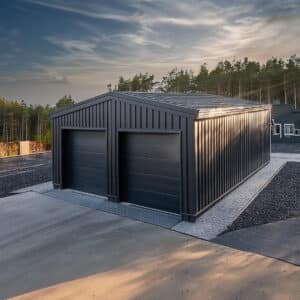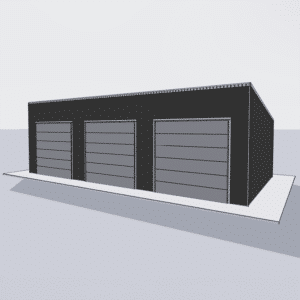When it comes to constructing a pole barn, the flooring can often be an afterthought. Yet, it plays a crucial role in the functionality, durability, and even the aesthetics of the structure. From providing a stable surface for your tractor to ensuring your storage items remain clean and secure, flooring is an essential component.
Understanding Pole Barn Flooring Options
Choosing the right flooring for your pole barn involves understanding the different options available and weighing their benefits and drawbacks. Let’s explore some common options that you might consider for your pole barn flooring.
Concrete Flooring
Concrete is perhaps the most popular choice for pole barns due to its durability and low maintenance. It provides a solid surface that’s perfect for storing heavy machinery, vehicles, and goods. Plus, it’s resistant to pests, a crucial feature if your pole barn will store food or livestock. However, the installation of concrete is labor-intensive and costly compared to other options.
Gravel Flooring
Gravel is another common choice due to its affordability and ease of installation. It provides decent drainage and is less prone to collecting dust than dirt or sand floors. However, the uneven surface can make it difficult to move wheeled equipment and can create dust if it is not compacted properly.
Safety and Cleanliness Considerations
Regardless of the flooring material chosen, safety and cleanliness should be at the forefront of your decision-making process. A clean floor minimizes trip hazards and a well-maintained surface can prevent accidents. Additionally, choosing a floor that’s easy to clean can significantly reduce maintenance efforts and costs.

Factors Influencing Your Flooring Choice
When weighing which flooring option will best suit your needs, consider several factors:
– **Purpose of the Pole Barn**: The intended use of your pole barn heavily influences your choice. For instance, if your pole barn is primarily for storage or livestock, the flooring requirements will differ vastly from a pole barn designed to be a workshop.
– **Budget Considerations**: Floor types range significantly in cost. While some options like gravel may offer a cost-effective solution, others like concrete will require a larger investment in both materials and labor.
– **Climate and Environment**: Weather patterns and environmental conditions can significantly affect your flooring choice. Think about moisture levels in your area, as well as extreme temperatures which might impact how your flooring stands up over time.
Consider reading more on Pole barn foundations offered by Your Building Team to learn about how foundation choices affect the flooring stability.
Installing Your Pole Barn Floor
Once you have chosen the right material for your pole barn flooring, the next step is the installation. Ensure that your base is suitably prepared, as this will greatly impact the longevity of your flooring. A poorly installed floor will not only affect the usability of your pole barn but could also cause damage to stored items or equipment.
For structures with a heavy equipment focus, a professional foundation installation might be necessary. Explore the services provided by Building Foundation experts for a strong and reliable base.
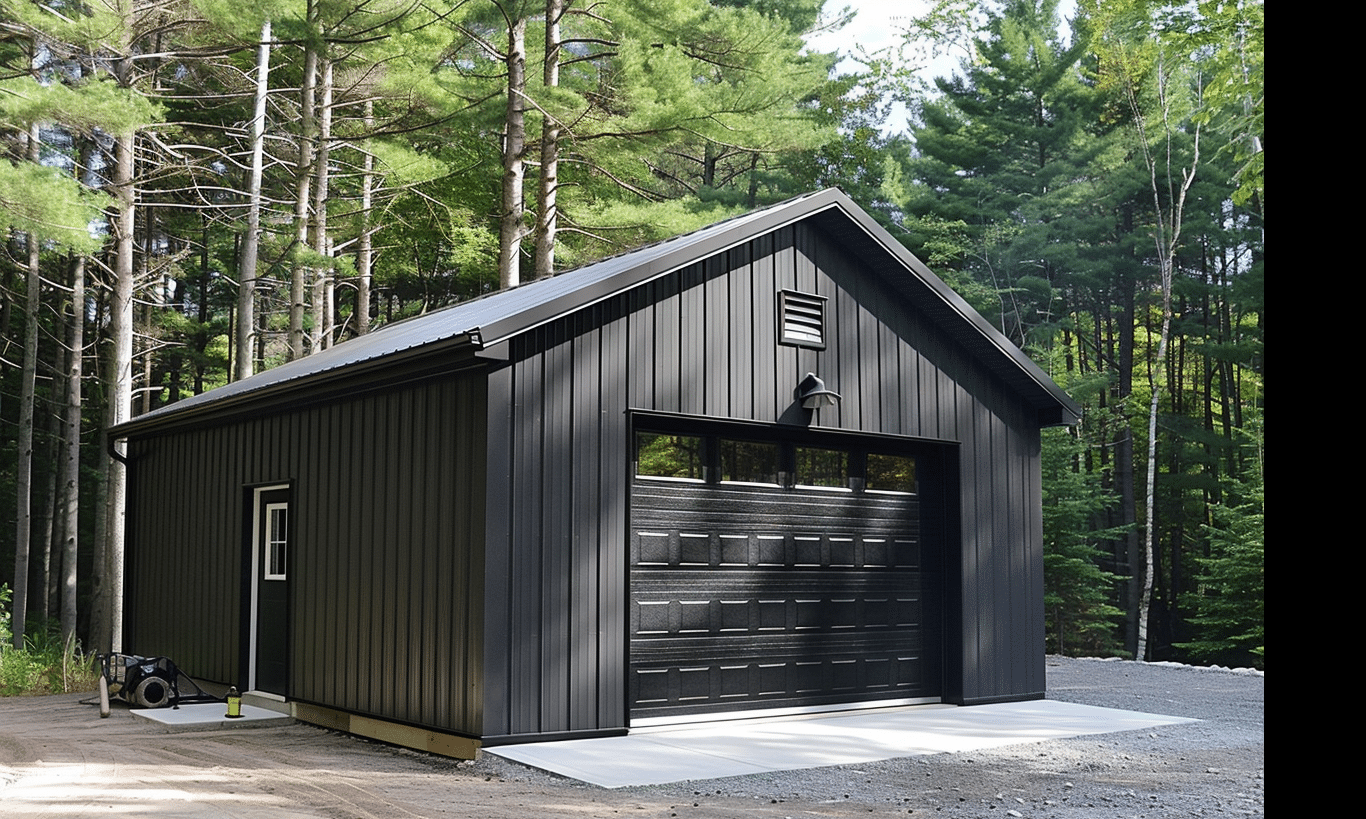
Evaluating Advanced Flooring Solutions
The evolution of building materials has introduced advanced flooring solutions such as polyurethane coatings or epoxy surfaces. These solutions provide strong waterproofing, enhance the aesthetic appeal, and offer superior durability compared to traditional options. However, they come with a higher initial cost and may require professional installation.
Advanced solutions are often recommended by professionals for industrial applications or when intensive daily use is expected. For additional flooring recommendations, you can refer to experts in the field, such as the insights provided by the Canadian Construction Association – Pole Barn Flooring Options.
Longevity and Maintenance
Once your flooring is in place, ongoing maintenance is key to preserving its condition. Regular cleaning, especially of high-traffic areas, can prevent dust and debris build-up, while resealing or repainting certain types of surfaces can extend their life span considerably.
Engaging your flooring choice’s manufacturer or an expert in flooring maintenance is often a smart move when you’re seeking the longest usable life from your investment.
Conclusion
Selecting the right flooring for your pole barn is paramount to maximizing its usefulness and durability over the years. Whether you opt for robust concrete, budget-friendly gravel, or modern synthetic options, understanding your unique needs and circumstances is essential for making an informed decision. Consider engaging professionals like Your Building Team to guide you through the process from foundation to floor.
By carefully evaluating your options and understanding the long-term implications, you’ll ensure your pole barn remains a valuable asset for years to come. As you plan for your new or upgraded pole barn, keep in mind these considerations to choose flooring that optimally supports your structures’ intended use. And remember, a well-thought-out foundation is the first step toward ensuring your pole barn stands the test of time.


